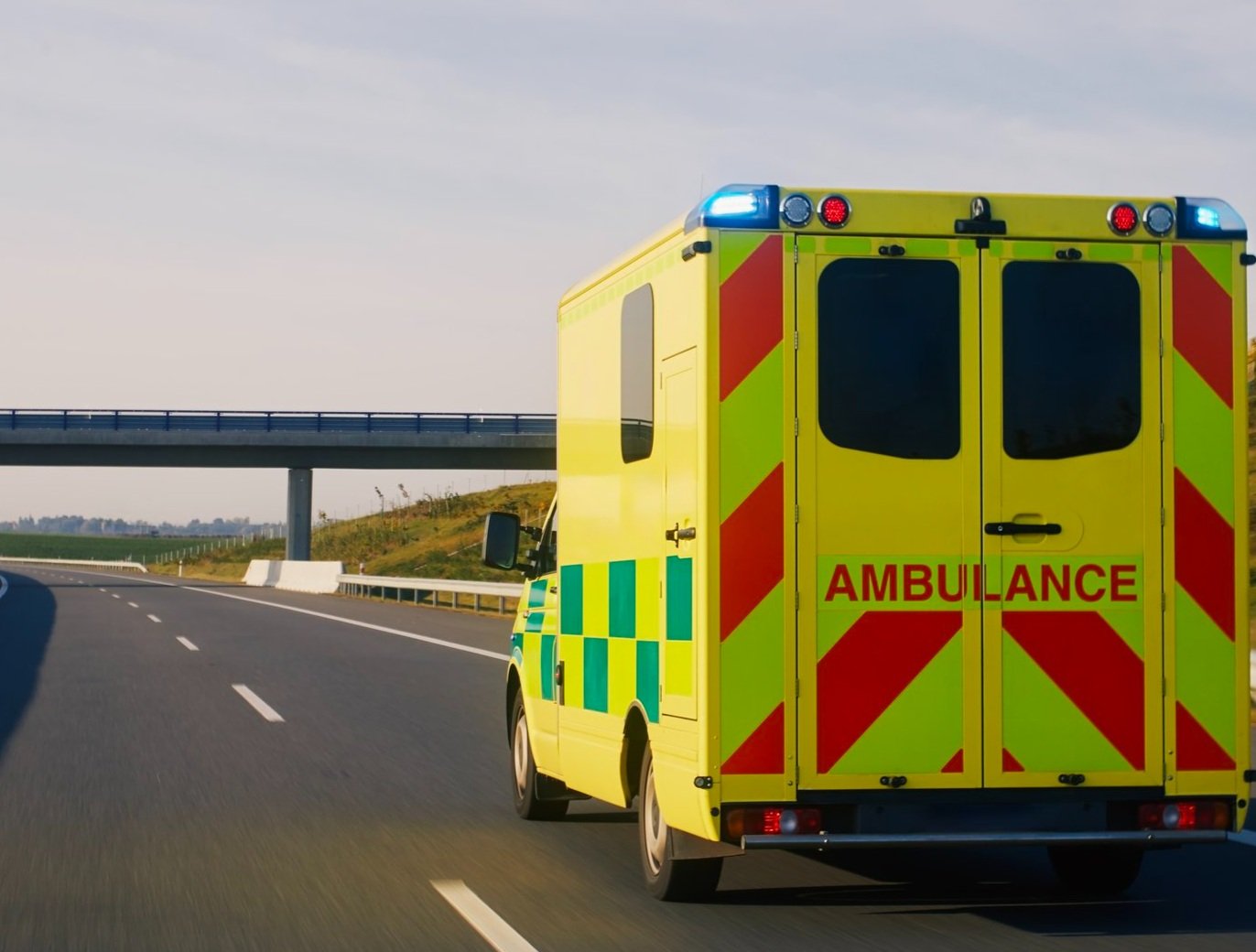What are the common causes of negligence in A&E?
Written by Rebecca Brisley | Medical Negligence Team | 15 August 2024
Timely and effective medical care in Accident & Emergency departments is critical, particularly when it comes to making a significant difference in patient outcomes. However, due to the high-pressure environment and the increasing challenges experienced by the NHS, negligence can occur, leading to serious consequences for patients.
For patients and their loved ones, it’s important to understand the common causes of negligence in A&E. This can be helpful in gaining an understanding of your own experience.
Misdiagnosis or Delayed Diagnosis
A common cause of negligence in A&E is the misdiagnosis or delayed diagnosis of medical conditions. The ongoing strain on the NHS has a nationwide impact on emergency departments, resulting in missed symptoms, delayed diagnosises and mistaken critical conditions.
For example, delays in recognising the symptoms of strokes can prevent timely treatment and the administration of life-saving medication.
Medication Errors
Medication errors are another common cause. These errors can occur at any stage, from prescribing to administering medication, and can have serious or even fatal consequences.
Medication errors including administering the wrong dosage of medication, giving the wrong medication altogether and failing to check for allergies before administering medication.
Treatment Delays
Delays in providing necessary treatment can have a significant impact on patient outcomes. Treatment delays can occur due to various factors, including understaffing, miscommunication, and administrative errors.
Examples of delays include incorrect prioritising of critical conditions during triage, delays in scheduling and performing necessary surgical procedures and having to wait too long for essential diagnostic imaging, such as X-rays or CT scans.
Inadequate Monitoring
Patient monitoring is important when it comes to emergency healthcare. Insufficient monitoring can lead to the patient’s condition deteriorating or going unnoticed, which can result in further harm or fatalities.
Patient monitoring can include post-surgery checks and responding to patient alarms.
Communication Failures
Communication both among healthcare providers and between healthcare providers and their patients is essential for delivering quality care. Failures in communication can lead to misunderstandings, errors, and a decline in patient care.
These failures are relevant to communication breakdowns between healthcare providers, and patients and healthcare providers.
Administrative Errors
Administrative errors lead to significant delays and mistakes in patient care. This can include problems with record-keeping, patient registration, and medical scheduling.
For example, misplacing patient records, errors with patient identification or documentation and referral delays.
Negligence in A&E departments has both severe and fatal consequences. Understanding the common causes of negligence can help to ensure that patients receive the efficient and effective care needed.
If you or a loved one has suffered due to negligence in A&E, it is important to seek legal advice to discuss the next steps and to hold those responsible accountable. To discuss your circumstances directly with our team, you can get in touch with them by calling 01752 827085 or emailing enquiries@nash.co.uk.

